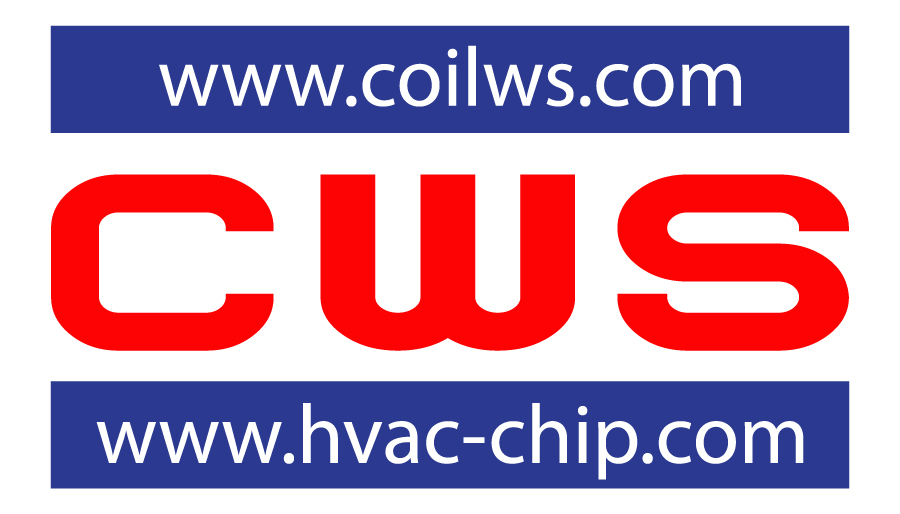Interference Propagation
EMI can propagate by two means:
•By radiation
•By conduction
|
- Where the energy can be coupled either through magnetic or electric field or as an electro-magnetic wave between the source and the victim.
- Where the EMI energy will propagate along power supply cable and the power source. |
|
Radiated and conducted EMI cannot be thought of as totally separate problems, because noise conducted along a cable may be radiated as the cable acts as an antenna. The radiation will increase as the cable length becomes comparable to the wavelength of the noise. Also, the cable will act as a receiving antenna and pick up radiated interference.
Below around 150MHz, the most efficient radiating devices in a system are usually the power supply and data cables. Proper filtering of these cables will reduce radiation due to the cables as well as conducted interference.
Above 150MHz, PCB tracks and short internal cables will start to become efficient antennas. To reduce this radiation a PCB should be laid out to reduce track length and loop areas; ground planes should be used if possible. Decoupling of digital ICs is very important and shielding may be necessary. Table 2 shows EMI test specification and limits.
|
FCC(USA) |
|
Radiation |
Conduction |
Category
(Test Distance) |
Class A
(10m) |
Class B
(3m) |
Category |
Class A |
Class B |
|
Frequency(MHz) |
Limit (dB µ V/m) |
Limit (dB µ V/m) |
Frequency (MHz) |
Limit (dB/µV) |
Limit (dB/µV) |
|
--- |
Q.P. |
Q.P. |
--- |
Q.P. |
Q.P. |
|
30-88 |
39 |
40 |
0.45-1.705 |
60 |
48 |
|
88-216 |
43.5 |
43.5 |
1.705-30 |
69.5 |
48 |
|
216-960 |
46.4 |
46 |
Standard: CFR 47 Part 15; Sub part B; Power: 60Hz
Class A products to be used in business and industry
Class B products used in residential area |
|
960 MIN |
49.5 |
54 |
| |
|
|
|
|
VCCI(JAPAN) |
|
Radiation |
Conduction |
Category
(Test Distance) |
Class A
(10m/3m) |
Class B
(10m/3m) |
Category |
Class A |
Class B |
|
Frequency (MHz) |
Limit (dB µ V/m) |
Limit (dB µ V/m) |
Frequency (MHz) |
Limit (dB/µV) |
Limit (dB/µV) |
|
--- |
Q.P. |
Q.P. |
--- |
Q.P. |
AVG |
Q.P. |
AVG |
|
30-230 |
40/50 |
30/40 |
0.15-0.5 |
79 |
66 |
66-56 |
56-46 |
|
230-1000 |
45/57 |
37/47 |
0.5-5 |
73 |
60 |
56 |
46 |
| |
5-30 |
73 |
60 |
60 |
50 |
|
Standard: V-3; Q.P.: Quasi-Peak, AVG: Average; Power: 50Hz |
|
|
CE (EUROPE) |
|
Radiation |
Conduction |
Category
(Test Distance) |
Class A
(10m) |
Class B
(10m) |
Category |
Class A |
Class B |
|
Frequency (MHz) |
Limit (dB µ V/m) |
Limit (dB µ V/m) |
Frequency (MHz) |
Limit (dB/µV) |
Limit (dB/µV) |
|
--- |
Q.P. |
Q.P. |
--- |
Q.P. |
AVG |
Q.P. |
AVG |
|
30-230 |
40 |
30 |
1.15-0.5 |
79 |
66 |
66-56 |
56-46 |
|
230-1000 |
47 |
37 |
0.5-5 |
73 |
60 |
56 |
46 |
| |
5-30 |
73 |
60 |
60 |
50 |
|
Standard: EN 55022; Q.P.: Quasi-Peak; AVG: Average; Power: 50Hz |
|
|
BCIQ (R.O.C.) |
|
Radiation |
Conduction |
Category
(Test Distance) |
Class A
(10m) |
CLass B
(10m) |
Category |
Class A |
Class B |
|
Frequency (MHz) |
Limit (dB µ V/m) |
Limit (dB µ V/m) |
Frequency (MHz) |
Limit (dB/µV) |
Limit (dB/µV) |
|
--- |
Q.P. |
Q.P. |
--- |
Q.P. |
AVG |
Q.P. |
AVG |
|
30-230 |
40 |
30 |
0.15-0.5 |
79 |
66 |
66-56 |
56-46 |
|
230-1000 |
47 |
37 |
0.5-5 |
73 |
60 |
56 |
46 |
| |
5-30 |
73 |
60 |
60 |
50 |
|
Standard: CNS 13438; Q.P.: Quasi-Peak; AVG: Average; Power: 60Hz |
Â
|






